CPU: G4400 bulk
CPU Cooler: Cooler Supreme Blizzard T400
Motherboard: GIGABYTE G1.Sniper M7 Motherboard (Intel B150/LGA 1151)
Memory: Golden State Platinum Dragon 8G×2 DDR4 2400
Graphics Card: XFX R9 370X 4G Black Wolf Graphics Hard Drive: Kim Taek S300 240G Solid State Drive Chassis: Patriot Moonlight Box X Chassis
It took an afternoon to complete the installation and finally saw the light pollution from the host's erosion. Put a GIF into a X:
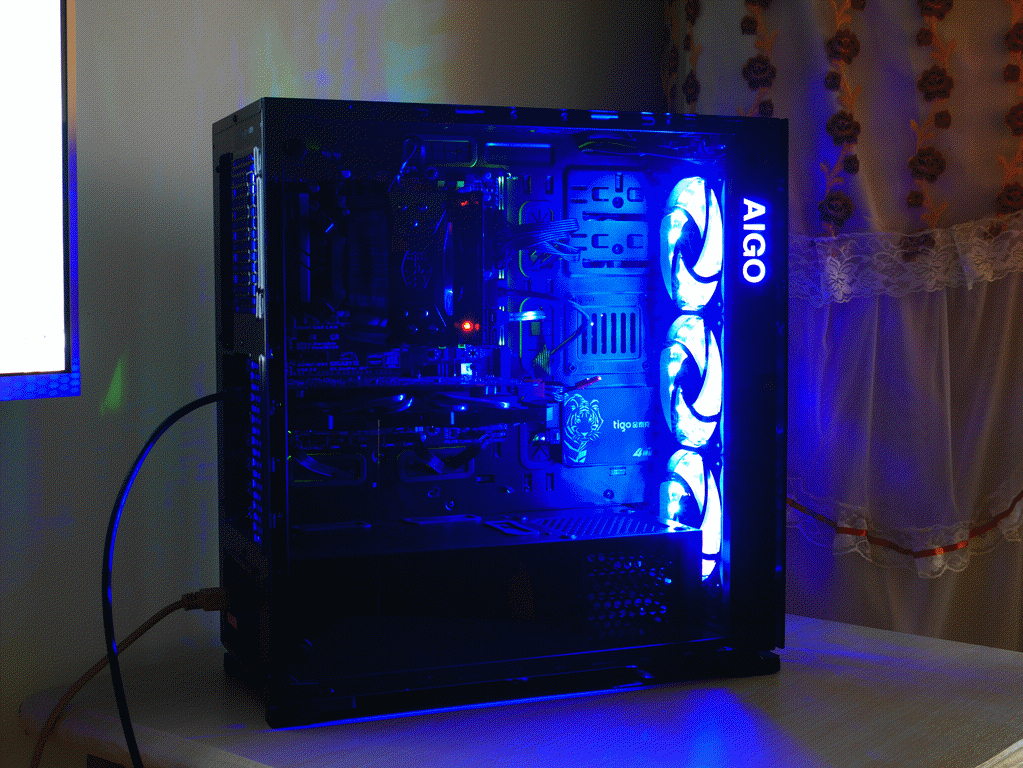
Jin Taike S300 240G SSD originally intended to be installed in the back of the chassis motherboard, but in front of a small control of the glare fan circuit board blocking the line is not very good, so it is installed on the bottom of the inside of the chassis, anyway, on the SSD The tiger pattern is quite good-looking, and the glare of the inside of the chassis is very cool, so the alignment of the hard disk is also neatly placed behind the back.
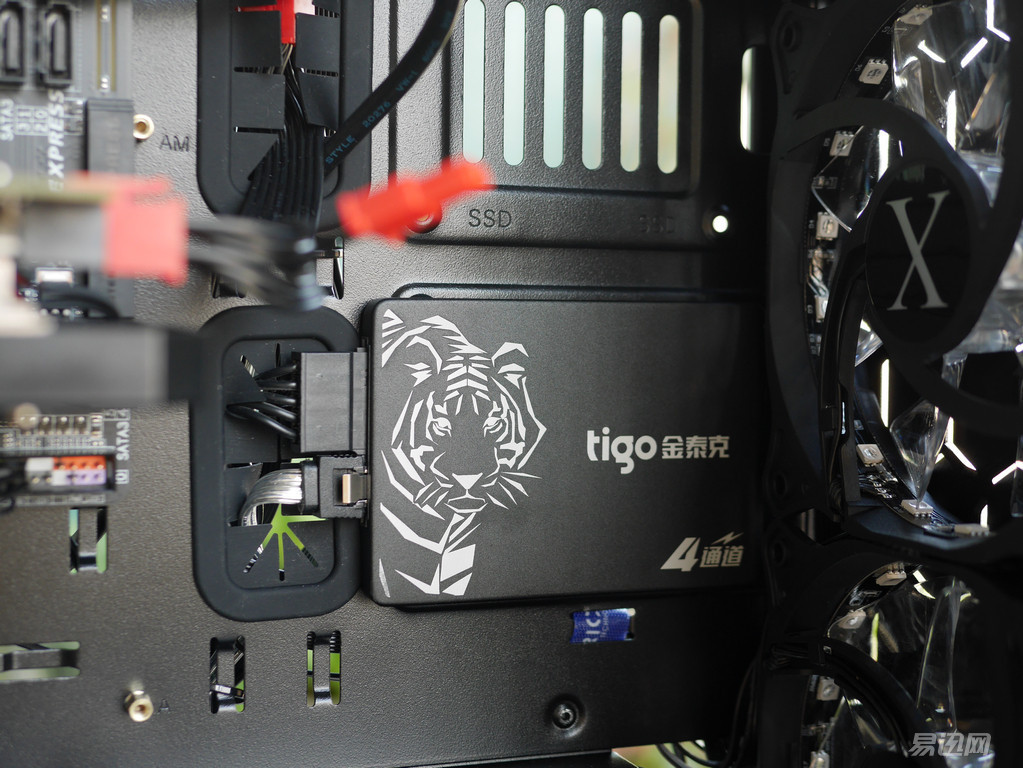
Coolermaster Blizzard T400 radiator installation is relatively easy and simple, I feel than I am now three milk host i4690k + Z97 with cool cold Hyper212X Turbo radiator installation is also simpler. The radiator is a single fan, but it comes with mounting clips for mounting two fans, as shown in the two black plastic clips:
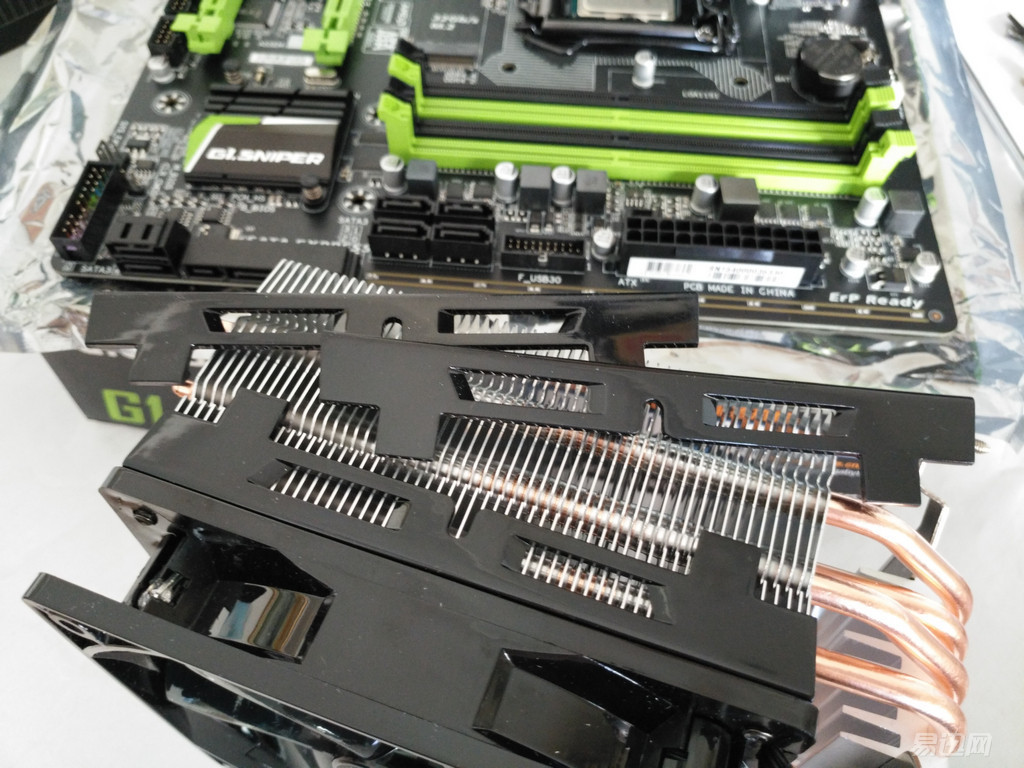
The back panel behind the radiator board seems to be fixed horizontally and vertically.
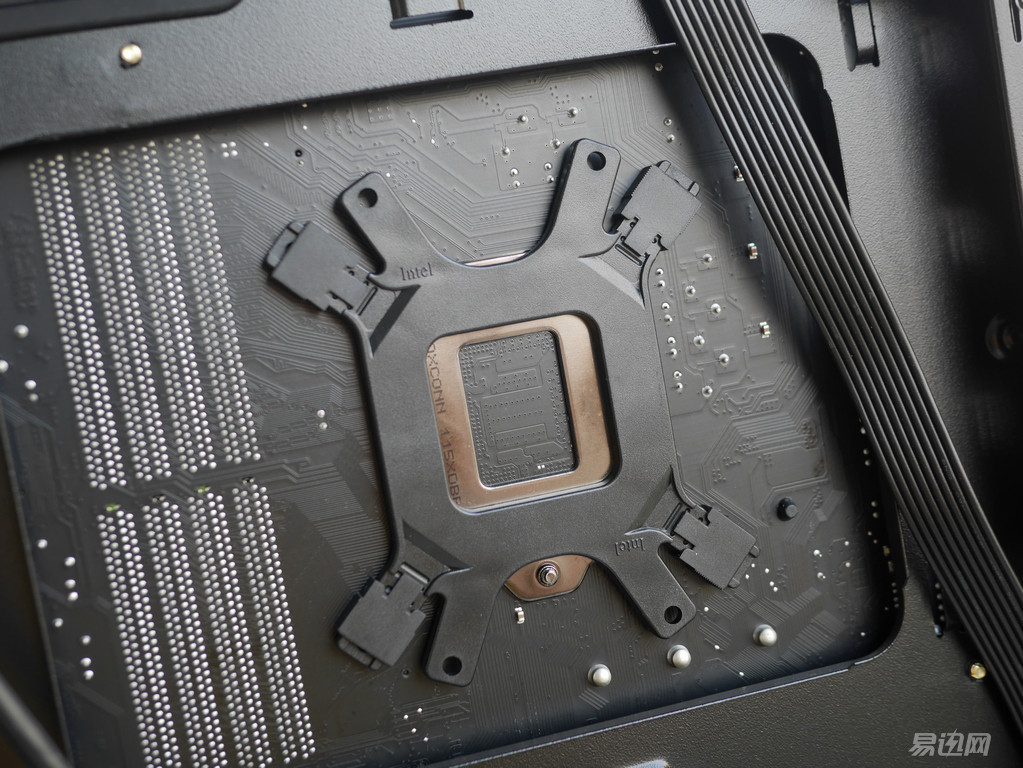
Install the backplane and tighten the nut on the base with the hexagon socket head which is matched with the CPU radiator.
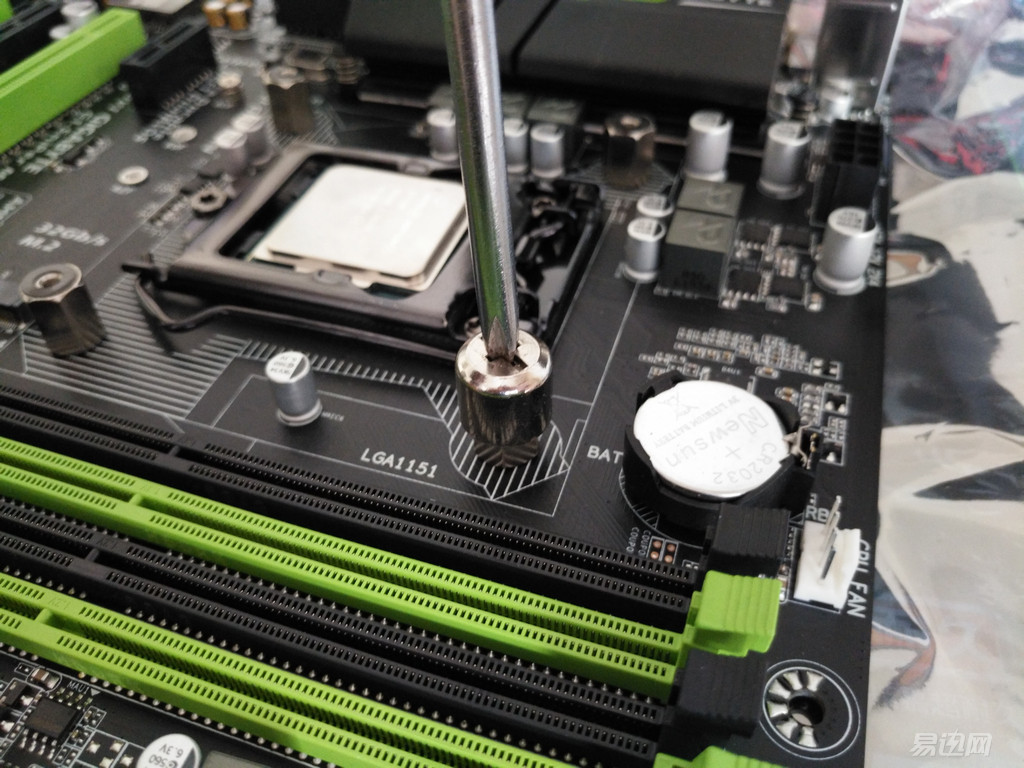
At the bottom is a direct-touch 4 heat pipe, which supports almost all intel and AMD processors. The 4 screws on the heat sink can be moved according to the platform interface and adjusted to the appropriate position and base. Some online users watching the Internet to install the G4400 are said to be somewhat thin, I feel that it is also somewhat thin, so I did not pressure the installation is very tight, there is a special attention, so that the CPU heatsink is installed.
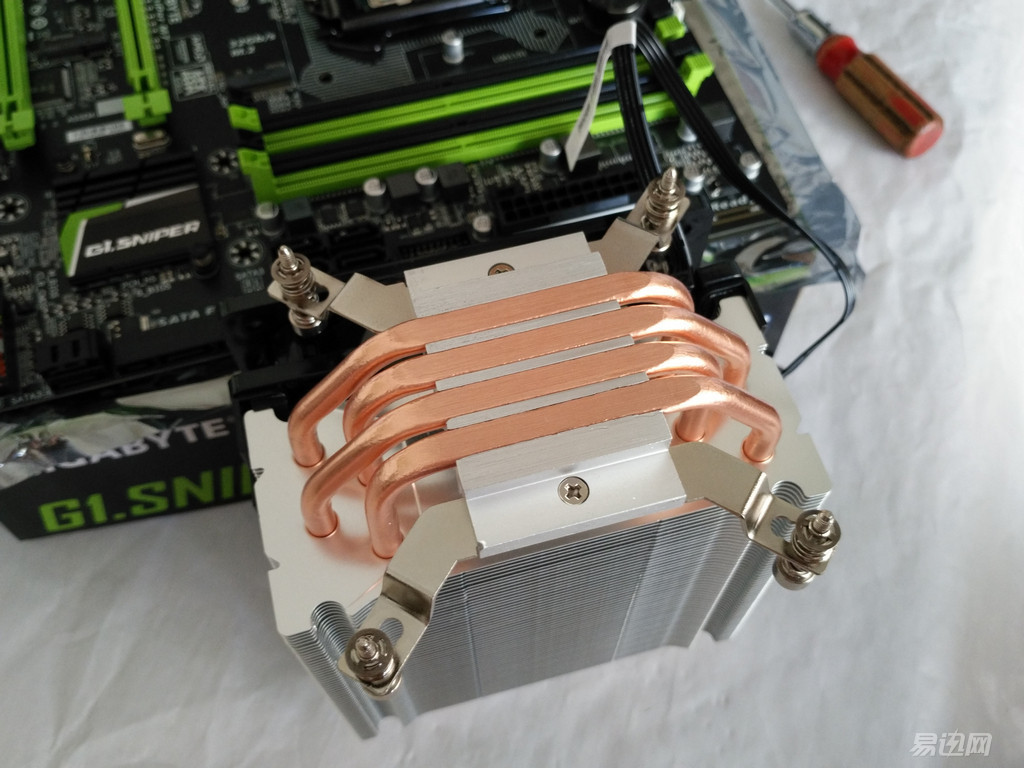

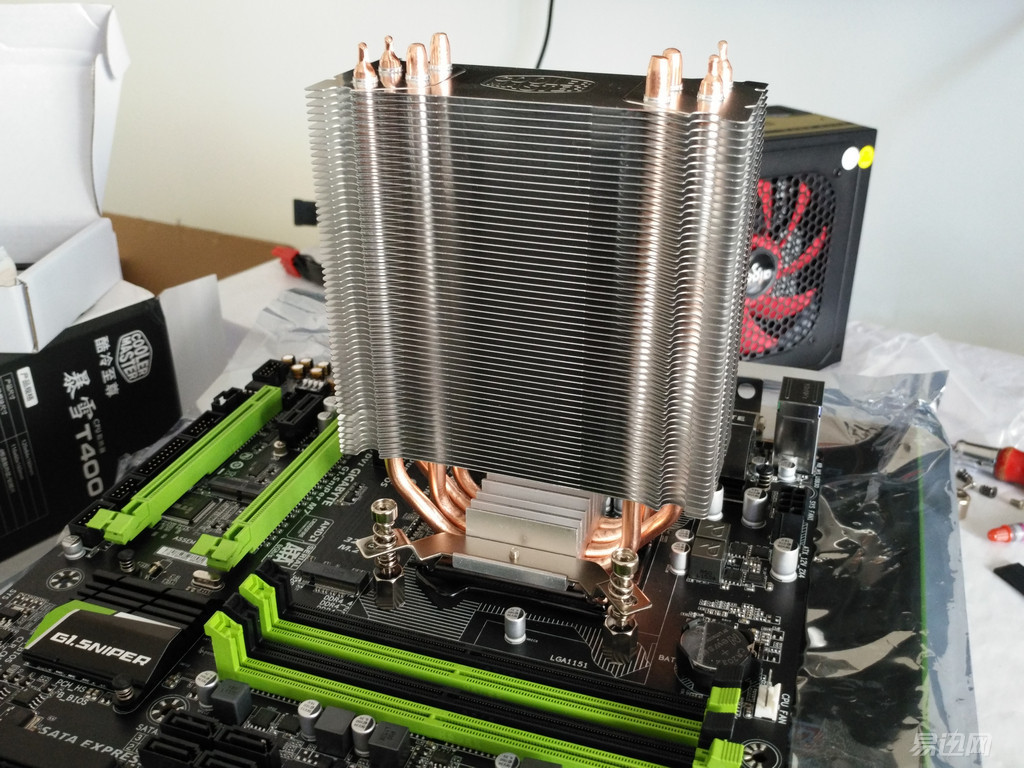
Install the fan, and then insert the 16G Jinbang Bailong DDR2400 memory, plug in the graphics card, the back line rationale, basically complete the assembly,
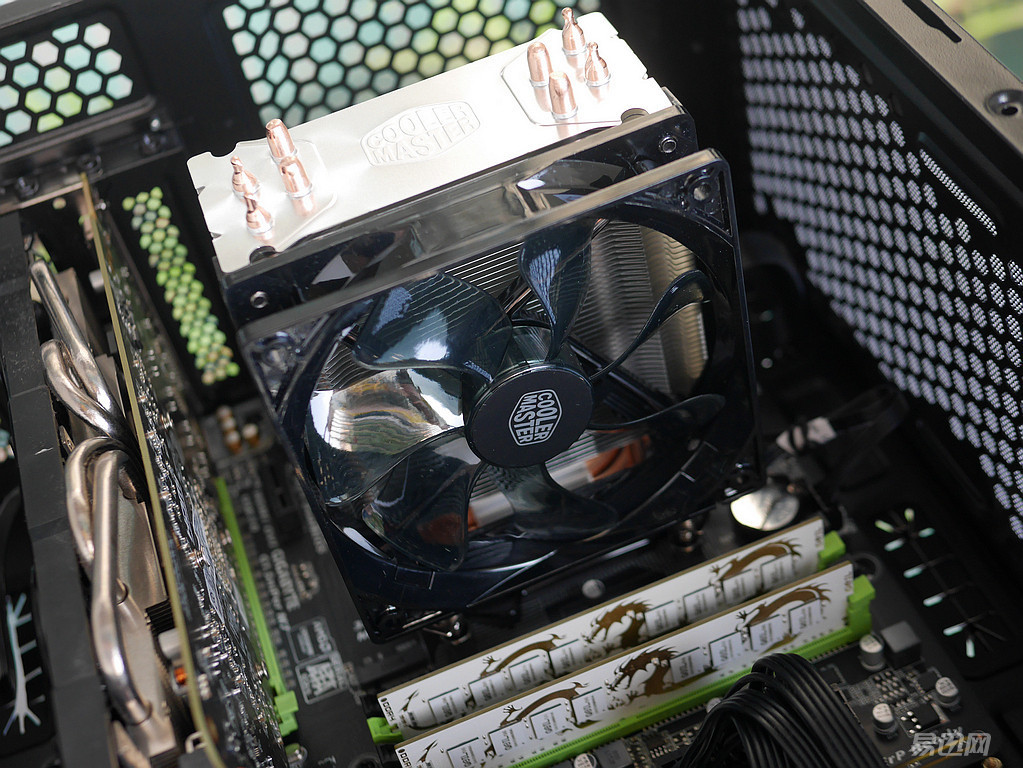

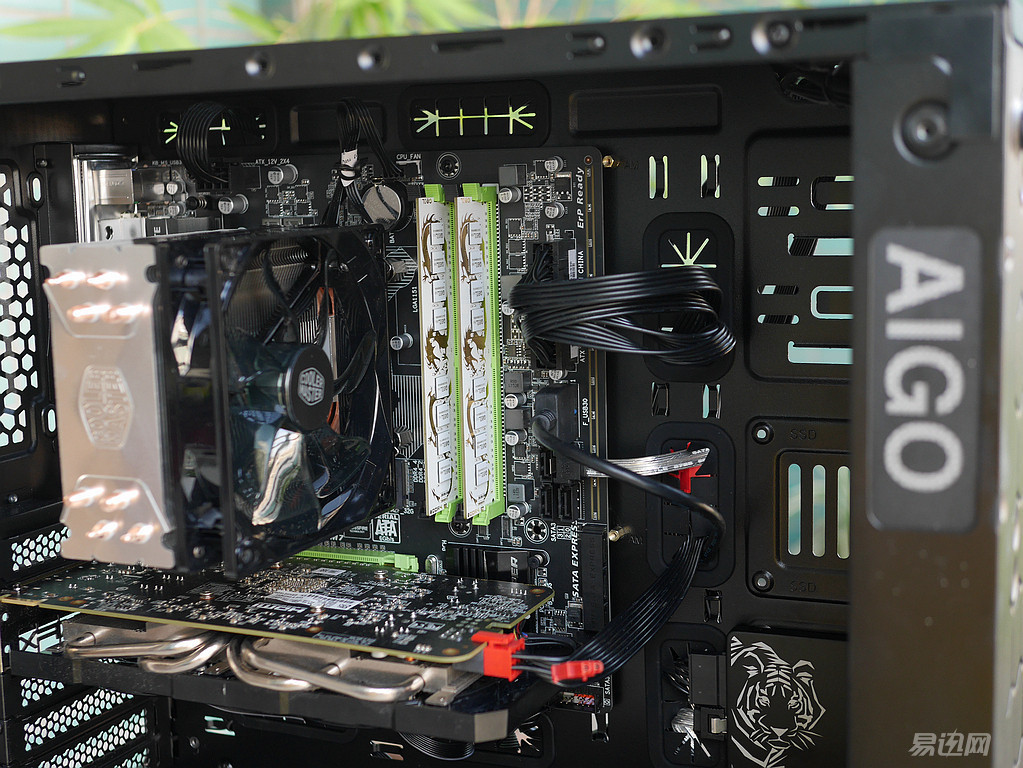
Moonlight box chassis back hole more, in addition to the right back hole, CPU power supply plug back hole, the bottom of the audio, USB, front light switch back hole, so the alignment is easy to go neat, and the other The power drive has a back hole, but I didn't use it.
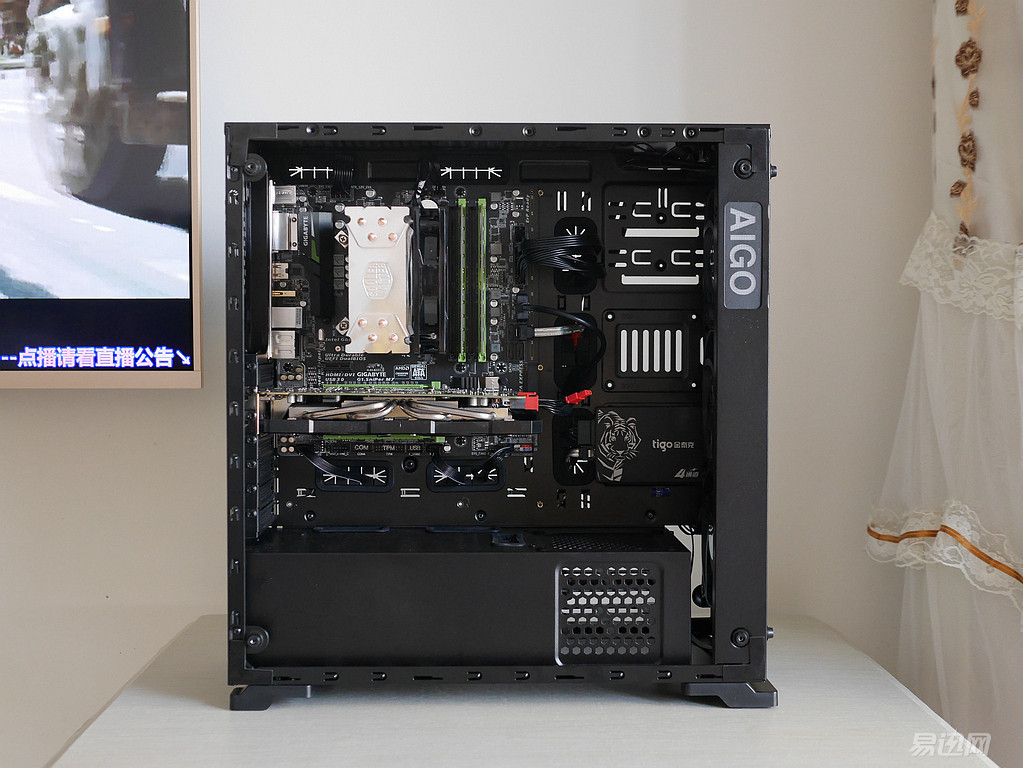
The back was casually walked away. Instead of using the 3M line card provided with the chassis, the remaining ORICO cable tie and wire tie used for the last time were used for the back line finishing.
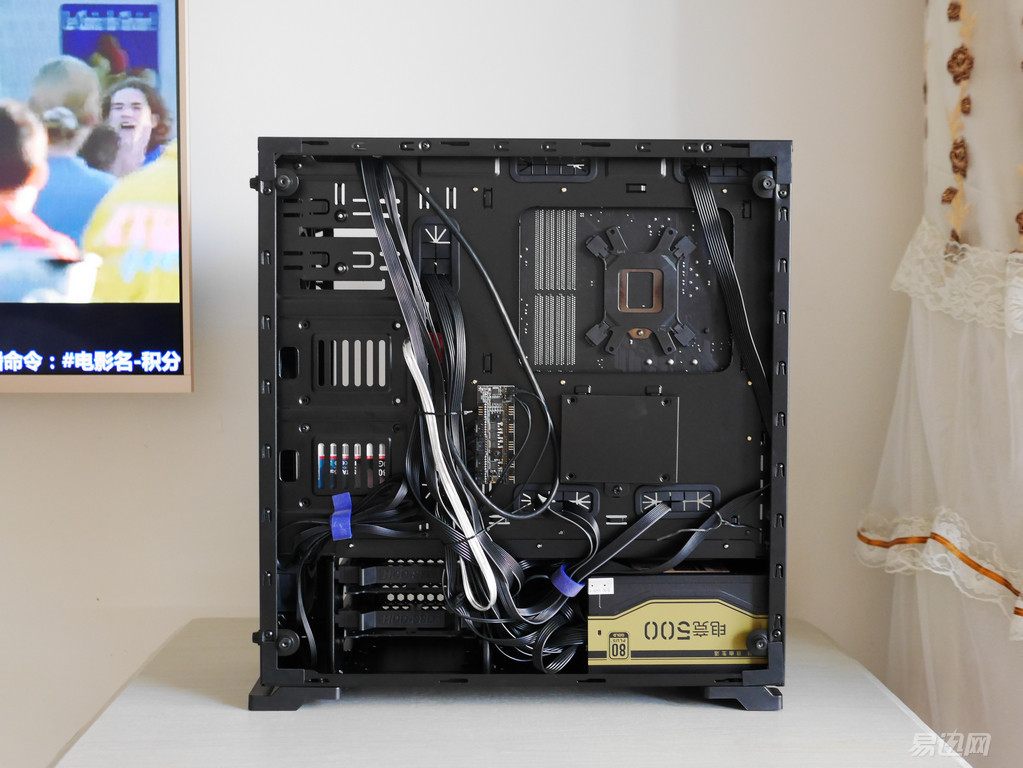
After installing the chassis back,

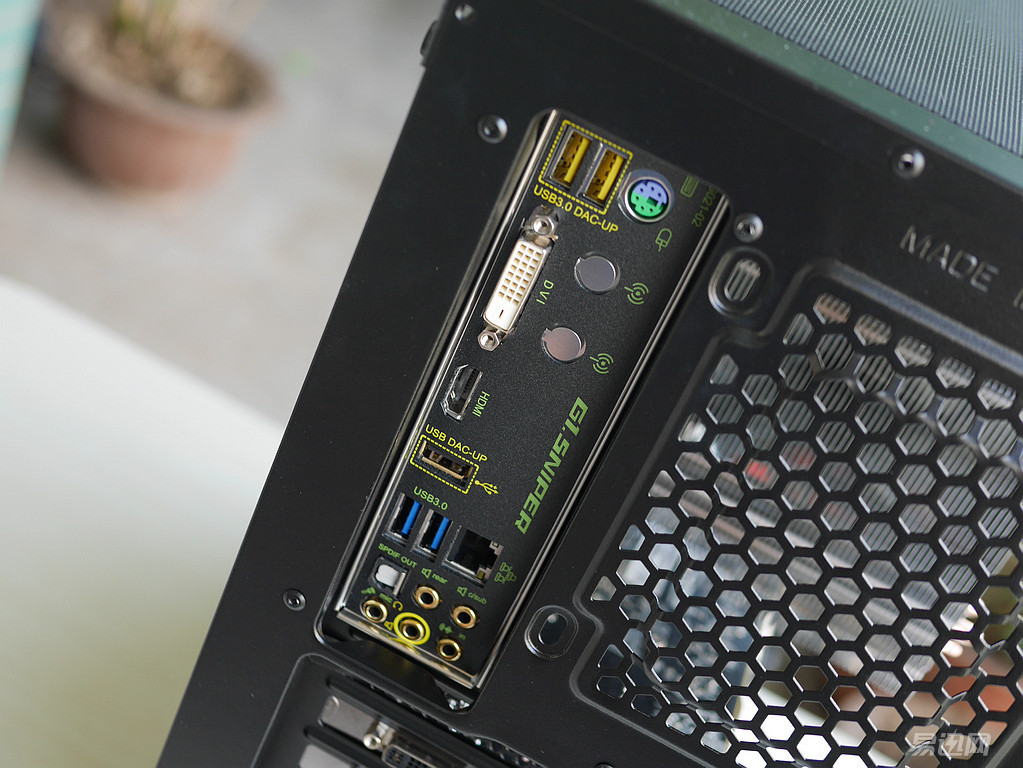
The first time the power, the motherboard, the front of the chassis of the three fans, Jinbang Bailong, Cool Blizzard T400 fan will glare, the front of the three chassis fan glare color can RGB change, there are many ways to change. A green light line will be on the motherboard. There will be a few blue LED lights on the memory. The CPU fans will have red LED lights. The entire chassis is colorful. I am afraid this is the most gorgeous chassis I have used in my life. .

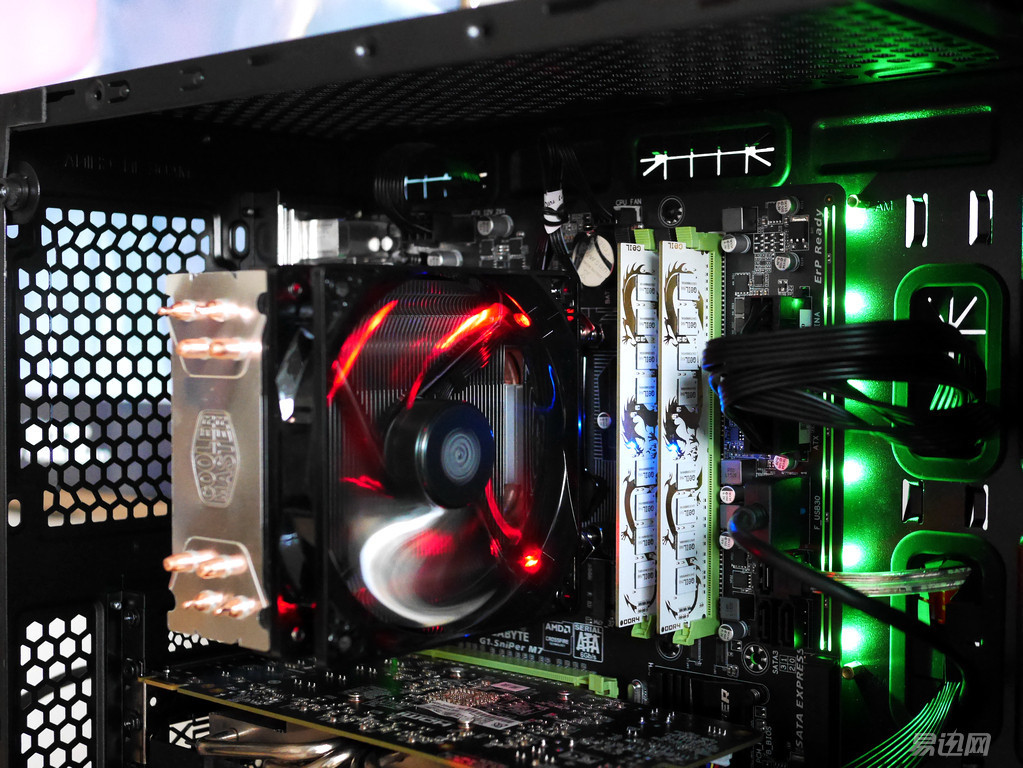

Mounted on the glass panel of the chassis, instantly feel a lot of light calm, the front panel is a honeycomb effect, before installing the left and right glass panel, I did not screw in the screw, after all, is a glass, a little tight on the line, leaving a bit hot Shrinking space!
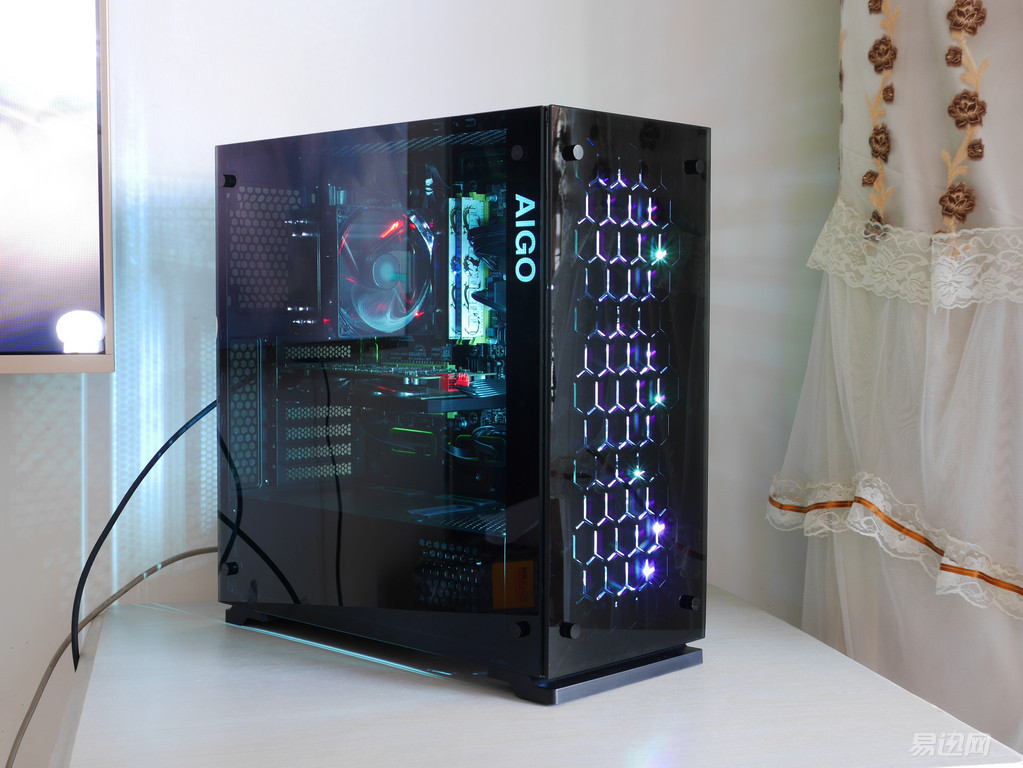
There is a switch on the front panel of the chassis dedicated to controlling the LED of the chassis. Each press will switch a color or glare, a combination of 7 colors, a monochromatic flashing mode, a gradual breathing light mode, and a long press on the light. Two seconds can turn off the front fan's glare.
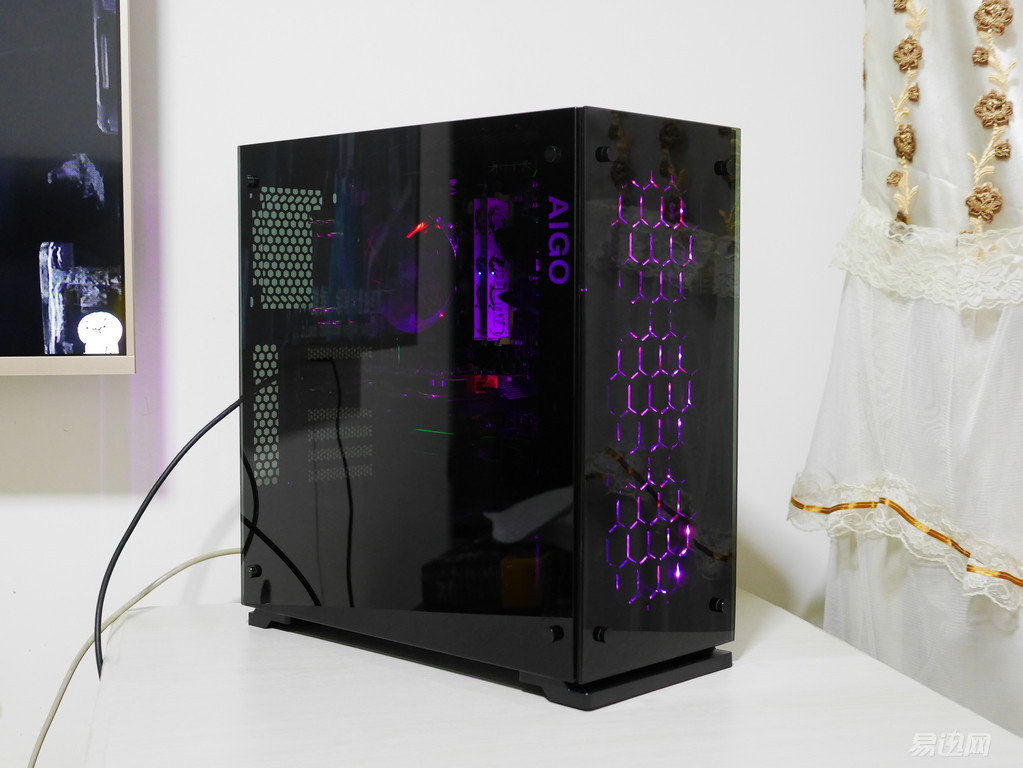
Chassis lighting this stuff is not good to shoot, simply come to the two recorded video, a video is worth a thousand words (^__^):
Side view:
Front panel perspective:
Long press to turn off the front fan,
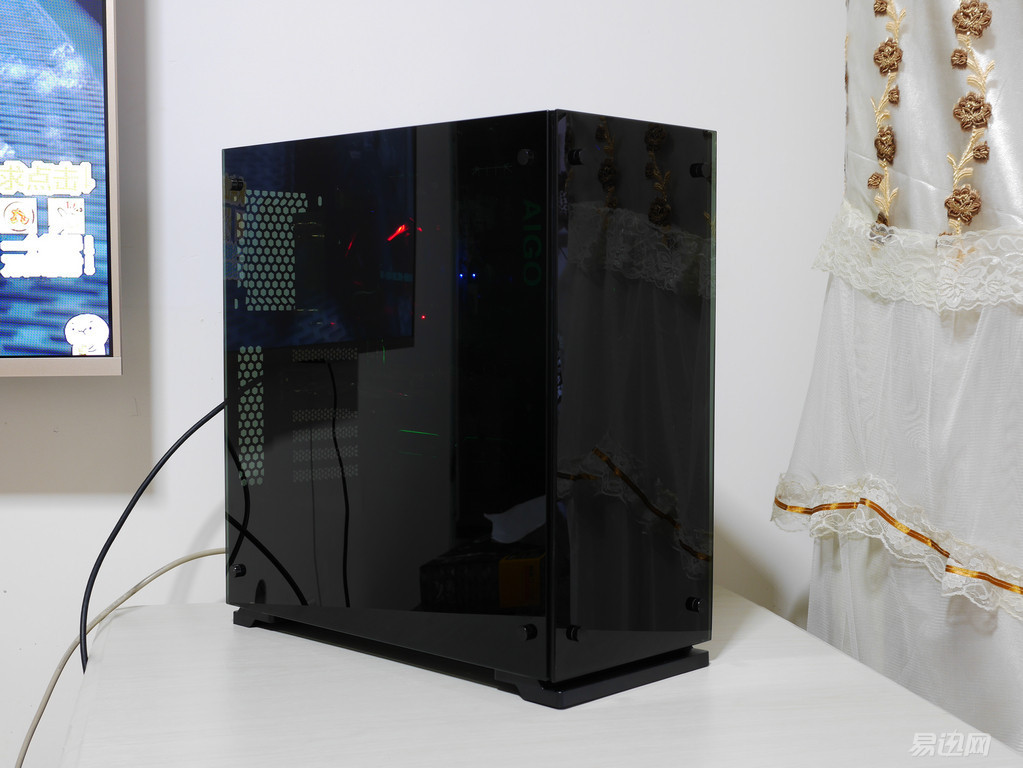
After installing the master Lu hardware configuration detection:
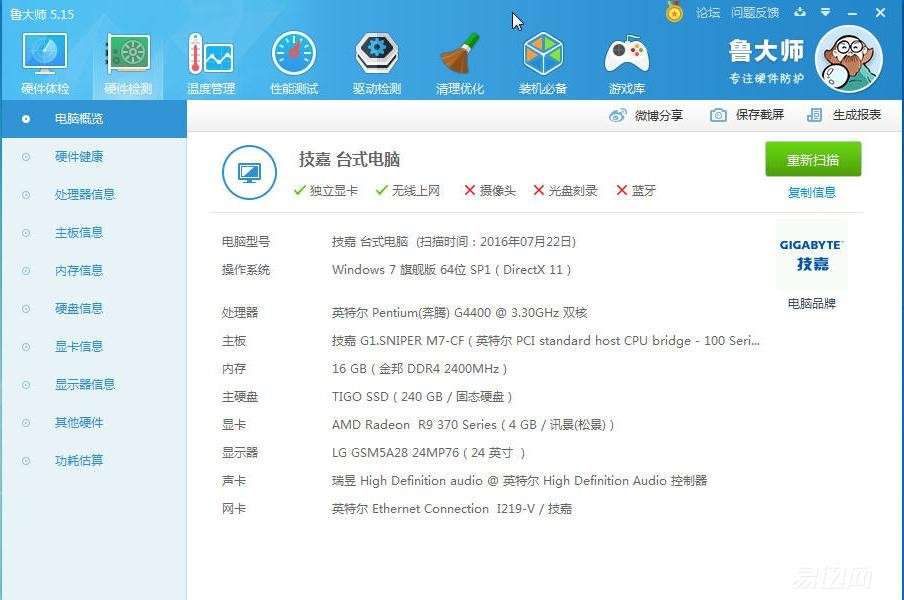
AIDA64 CPU and memory detection, CPU default frequency 3.3G, maximum power consumption 65W, memory maximum operating frequency 2133, when the memory is written on the packaging, 2400 frequency is CL14-16-16-35,

WIN7 system comes with a score of 7.1, processor 7.1 points, memory, graphics, game graphics, solid state hard drives are 7.9 points,
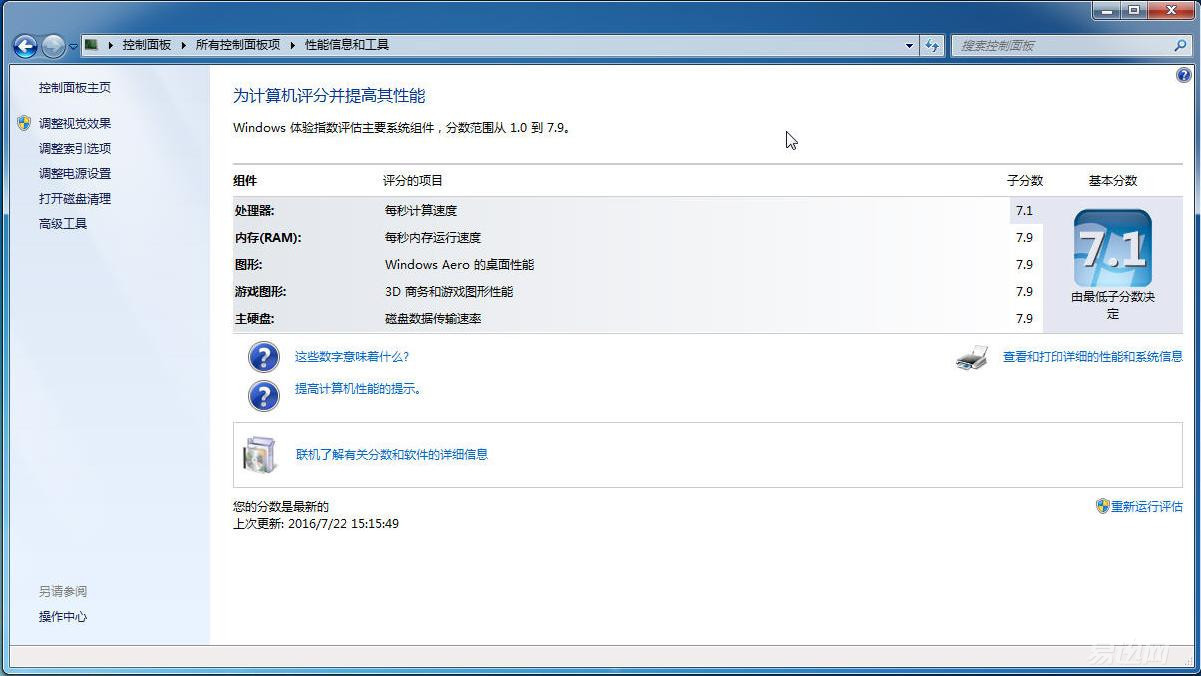
Compared with my 1150/DDR3 4690K+ GIGABYTE Z97 triple milk platform, the overall CPU score was lower. The main CPU was dragged down, and the memory was 7.9 points higher than 0.1. The rest of the graphics, game graphics, and SSDs were the same.
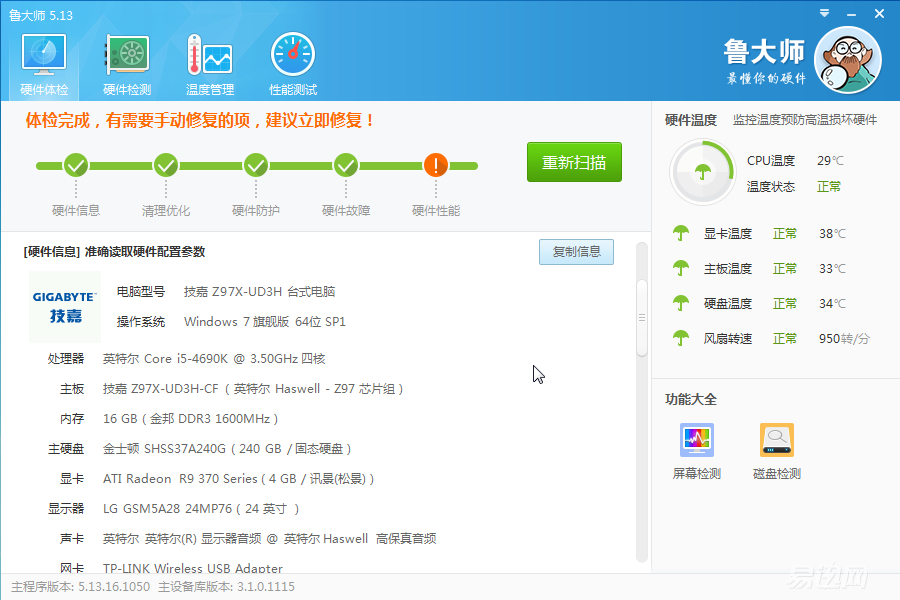

PCMark 8 is a set of test suites for comprehensive performance analysis of PC systems, and more practical tests are actually more suitable for testing under WIN8. Only tested the disk part, scored 4923 points, disk bandwidth 211.02MB / S, this performance with the three milk machine seems to be very close.
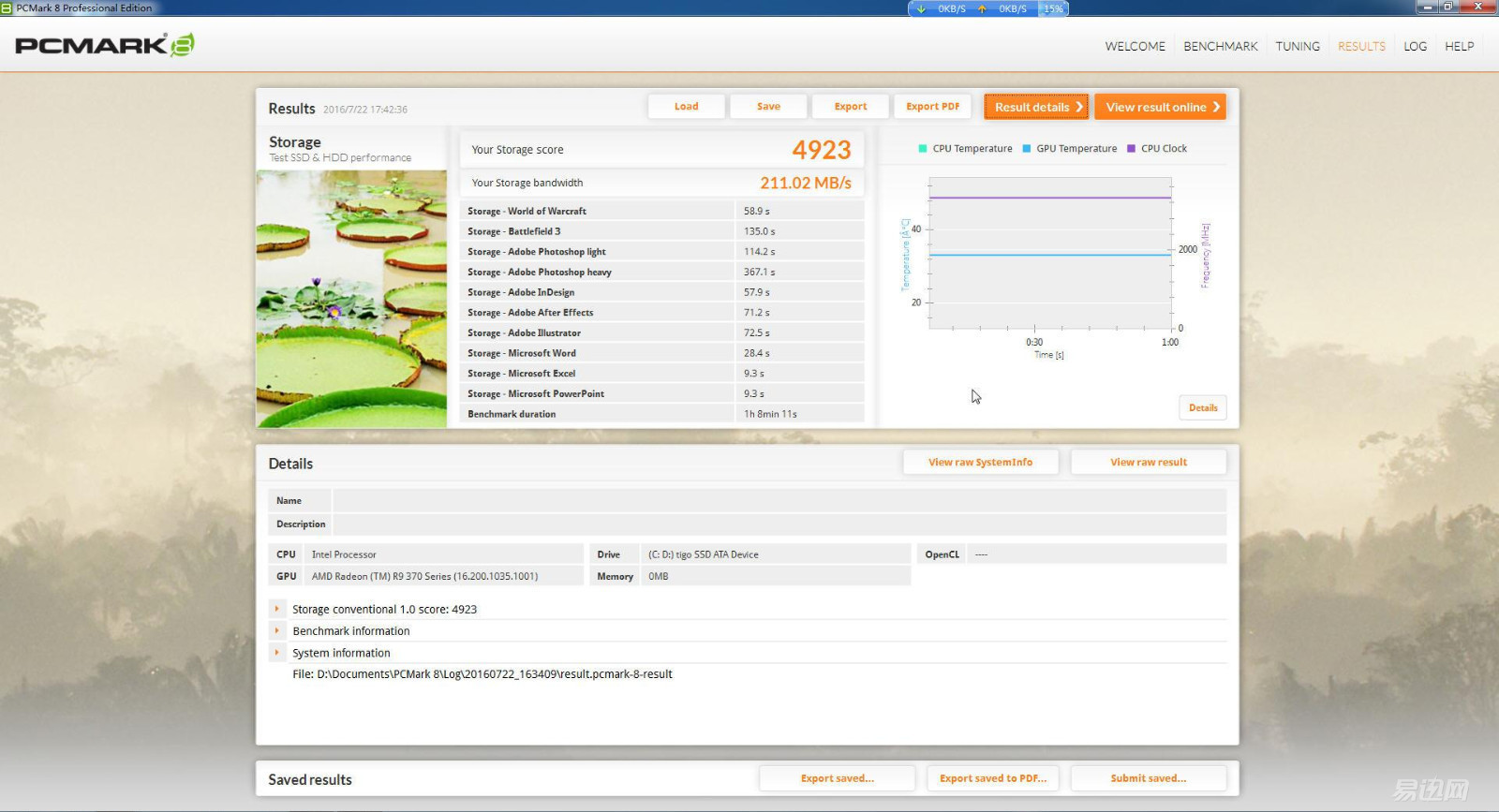

3DMark Vantage running graphics card, the test results scored 18556 points, of which the GPU score was 27401 points, the CPU score was 9427 points, compared with the three milk machine was dragged by the CPU, and then change the graphics card when the CPU to buy second-hand upgrade under.

Aunt Lu's comprehensive test scored 133236 points, the processor was 27,947 points, the graphics card was 85,405 points, the memory was 9,384 points, and the disk performance was 10,500 points.

AIDA64 tested the memory and tested it twice. AIDA64 is a tool for testing hardware and software system information. The 32-bit underlying hardware scan makes it possible to display detailed information about every aspect of the PC hardware. At frequency 2133, the timing is the default 15-15-15-36, the first test read bandwidth is 28678MB/s, the write bandwidth is 32628MB/s, the copy bandwidth is 30471MB/s, and the delay is 71.1ns.
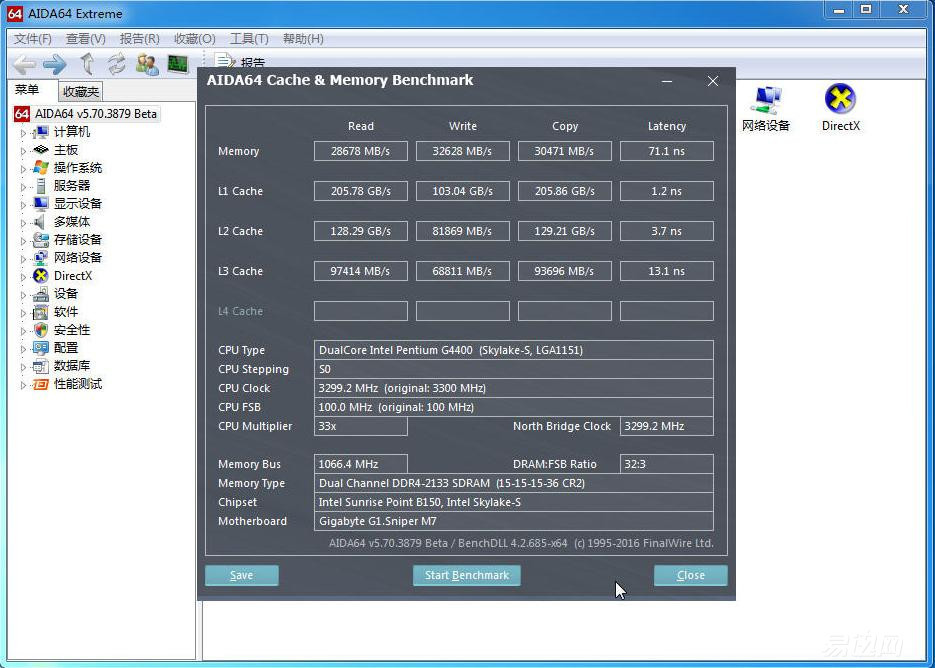
The first test read bandwidth is 29073MB/s; write bandwidth is 32742MB/s; copy bandwidth is 30512MB/s and latency is 70.1ns.

Let's take a look at the performance of the Jin Taike S300 240G SSD, test it with the commonly used TxBENCH, test it 3 times, and divide the test into two zones, C drive 50G. The maximum reading is 551.104MB/S for the first time, maximum 498.415MB/S for writing, 25MB/S for 4K random reading, and 77.46MB/S for writing.

The second read is 549.794MB/S maximum, the write maximum 502.255MB/S, 4K random read is 24MB/S, and the write is 86.683MB/S.
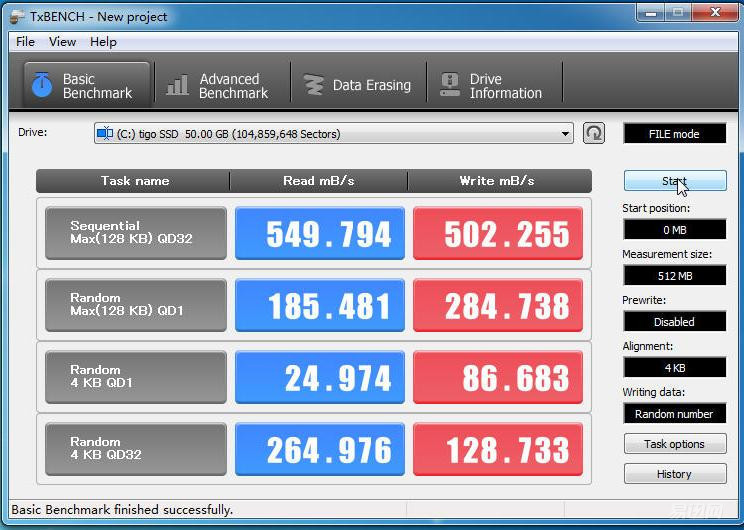
The maximum reading is 541.808MB/S for the third reading, 473.048MB/S for writing, 25.987MB/S for 4K random reading, and 92.331MB/S for writing.

AIDA64 GPGPU Benchmark Test Results
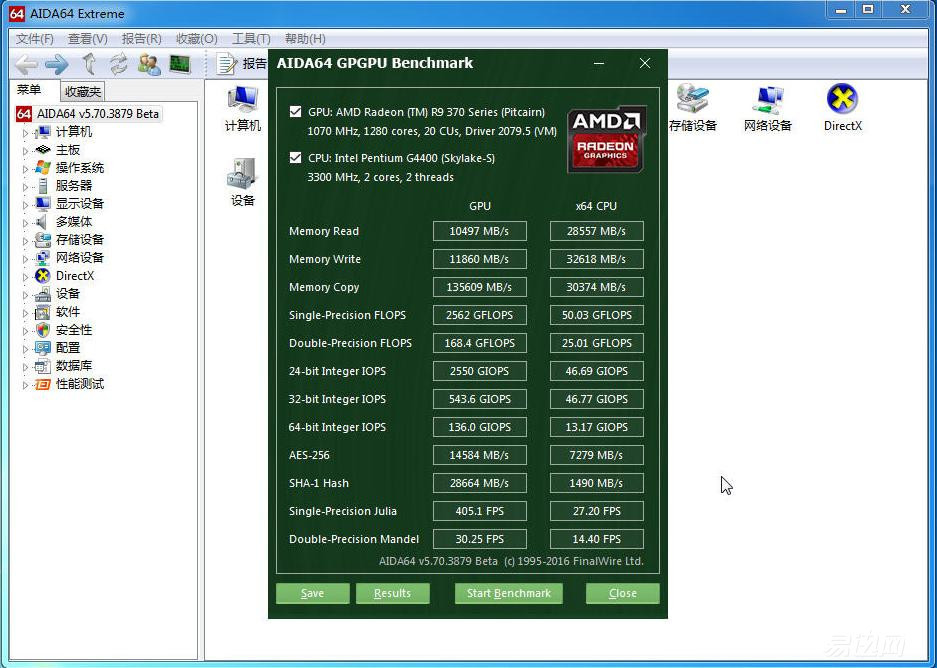
Although it is summer, air conditioning is usually used, and the ambient temperature is around 29°, so the core temperature of the temperature test CPU and CPU is relatively low.

A Gigabyte @BIOS was added. By the way, the BIOS was upgraded to the next level. The latest BIOS is F4. The test was very stable for a week, and no problems were found. For the current running of live football 2016, games such as LOL have no problem, and they can run smoothly with full effects.


C6-10D159 Engine 5 series:power range 414KWm-1050KWm
Engine.414KWm-1050KWm
CCSN POWER GENERATION INC.(Engine is a subsidiary of CCSN) , https://www.ccsnengine.com
